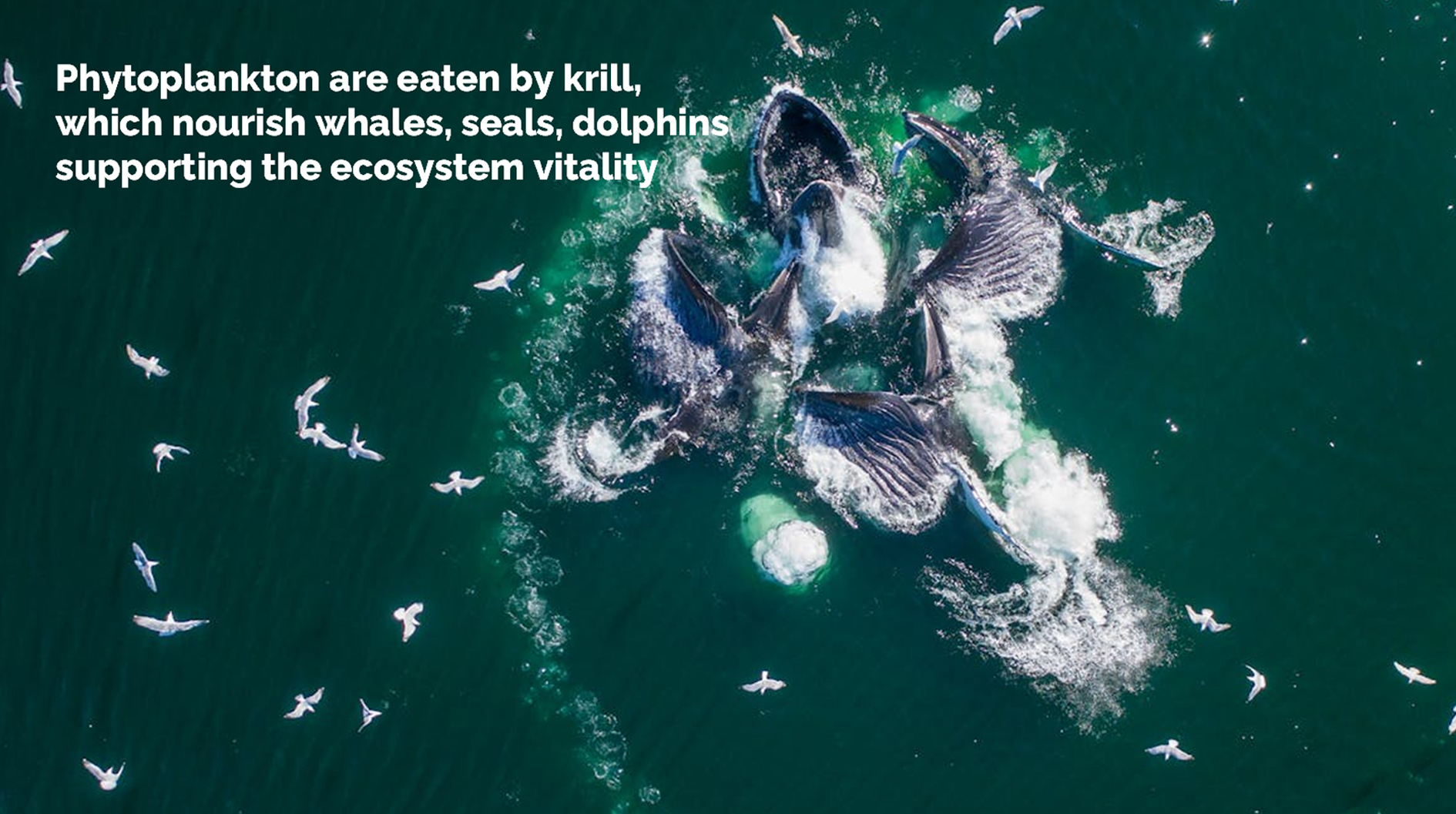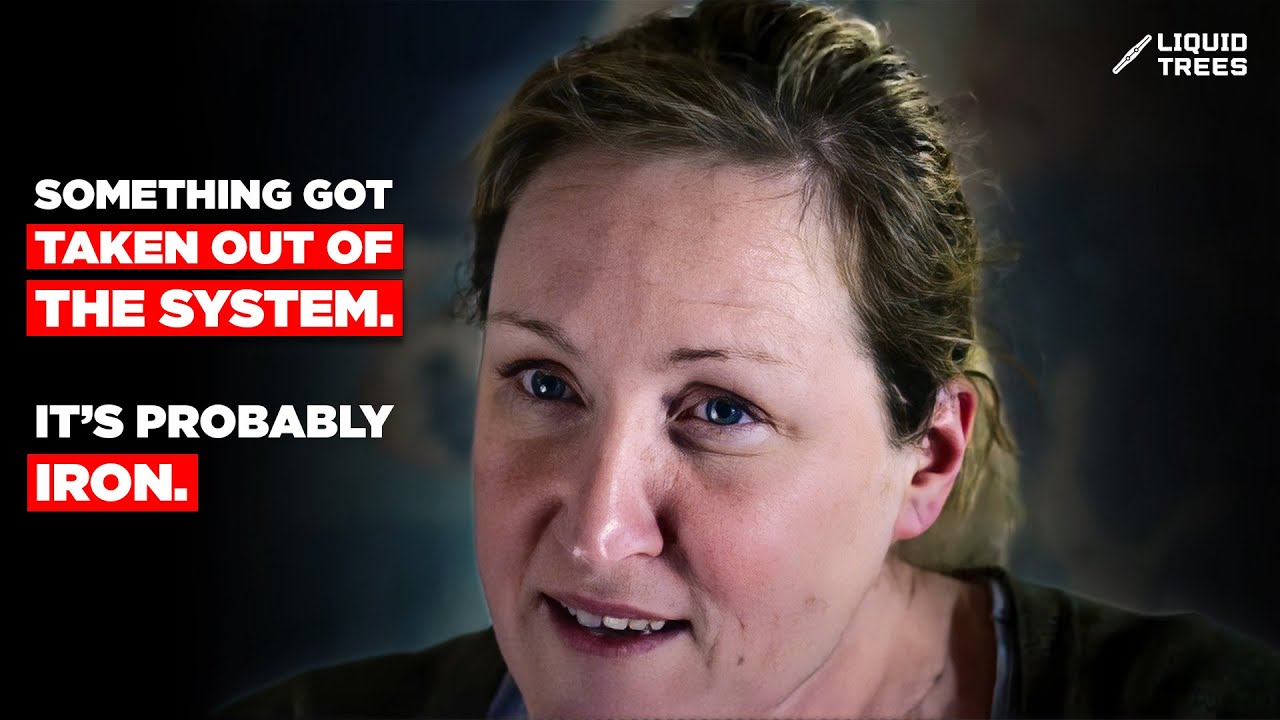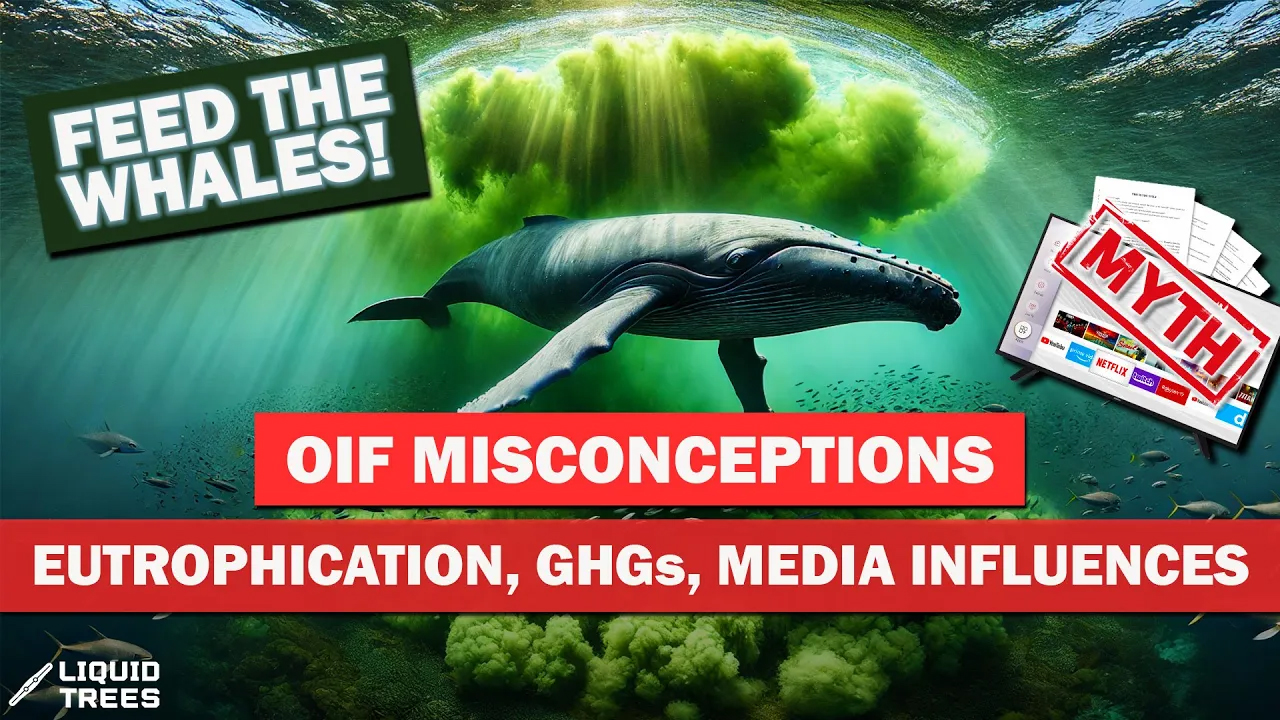Ocean Iron Fertilization (OIF):
Remove carbon.
Restore ocean life.
Ocean Iron Fertilization (OIF) is a measured, evidence-based method to enhance marine productivity and durably sequester carbon in the deep ocean.
What is OIF?
Ocean Iron Fertilization (OIF) involves adding trace amounts of bioavailable iron to the surface waters of high-nutrient, low-chlorophyll (HNLC) regions where iron limits phytoplankton growth. The process mimics natural iron inputs to enhance marine productivity and increase the transport of carbon into the deep ocean under rigorous scientific monitoring — helping to mitigate climate change.
Professor Victor Smetacek explains the basics of OIF in this video.
Misconceptions of OIF
Explore Common Misconceptions →Clear, evidence-based answers to the most common questions and headlines.
Phytoplankton & the carbon cycle
Phytoplankton are the ocean’s invisible forests. Through photosynthesis, they absorb CO₂, fuel food webs, and help transfer carbon into the deep ocean — making them a critical part of Earth’s climate system.
Whales & the iron pump
See our conversation with Matthew SavocaGreat whales help recycle iron at the surface. Their feeding and nutrient-rich plumes keep iron bioavailable for phytoplankton, amplifying productivity and linking top predators to microscopic climate work.

“Iron Is the Switch” — Christine Klaas
See our conversation with Christine KlaasPlankton ecologist Dr. Christine Klaas (AWI) discusses diatoms, silica, and why iron availability flips Southern Ocean ecosystems into bloom — plus what good science and governance need next.

Misconceptions, cleared
Professor Victor Smetacek addresses domoic acid headlines and harmful-bloom fears — clarifying how toxin events arise, why iron additions aren’t blunt triggers, and how informed, evidence-based design can restore ocean function without fueling fear.
Ecosystems in motion
Professor Victor Smetacek traces the pathway: diatoms → krill → whales — and back to iron at the surface. He outlines nature-mimicking OIF to help restore biodiversity in the Southern Ocean by reviving the iron cycle that powers this web.
